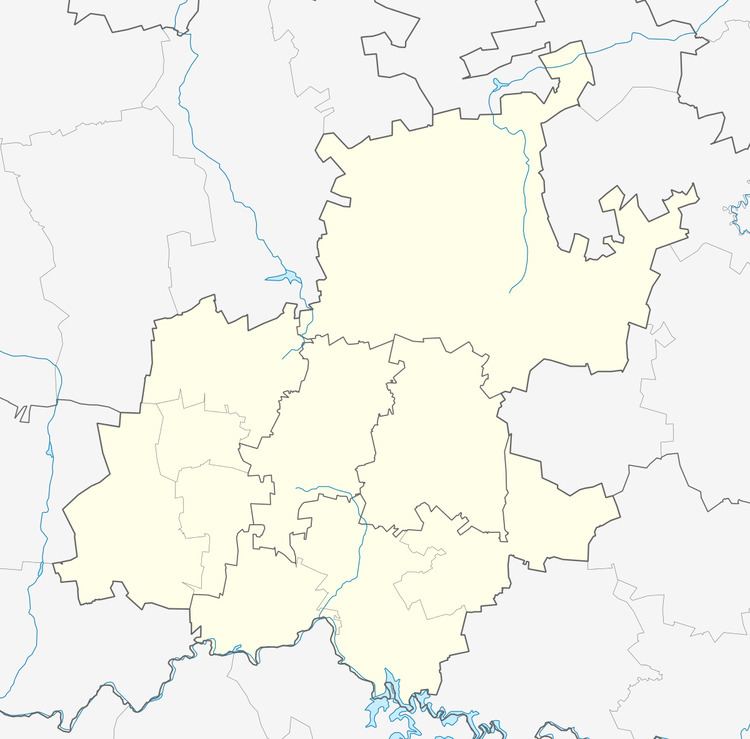Postal code (street) 2001 | Main Place Johannesburg PO box 2048 | |
 | ||
Ferreirasdorp (or Ferreirastown) is an inner-city suburb of Johannesburg, South Africa located in Region F.
Contents
Map of Ferreiras Dorp, Johannesburg, 2001, South Africa
First known as Ferreira's Camp (Afrikaans: Ferreiraskamp) and later Ferreira's Township, it is the oldest part of Johannesburg. Sometimes referred to as the "cradle of Johannesburg", it is where the first gold diggings started, and where the first diggers initially settled. The city grew around the mining camp in the Ferreirasdorp area, and Johannesburg’s Main Street developed from a rough track where the present Albert Street led off towards Ferreira’s Camp.
The suburb is named after Colonel Ignatius Ferreira, leader of the original group of diggers who settled in this area in 1886.
History
The suburb's origins lie in the Turffontein farm set up by Colonel Ignatius Ferreira, a Boer adventurer from Cape Colony. Ferreira had acquired a dozen claims in the vicinity and opened the reef in a cutting. The ore from both sides had a high gold content. The first tent on the site was erected in 1886, two months before gold digging started in earnest.
In 1886 Hans Sauer, who combined a medical practice with prospecting on Cecil Rhodes’s behalf, was guided from Ferreira’s Camp to the main group of gold reefs by a son of the widow Petronella Oosthuizen, the owner of a farm at Langlaagte, on which the main gold reefs had first been discovered.
Following reports of new gold finds in the Witwatersrand, Rhodes and Rudd set off for Ferreira's camp. Already at the time of Rhodes' visit, a little crowd of diggers were at work, and in the week that had passed since Sauer had been away, an Englishwoman had run up a reed and mud building called Walker's Hotel.
Within a fortnight of Rhodes' arrival in July 1886, Ferreira's camp was crowded with tents and wagons from across southern Africa. The tent town eventually became known as Ferreira’s Camp. In July, the Diamond Fields Advertiser was already reporting that the population of Ferreira's Town was 300 persons.
Gold was discovered in September 1886. On September 8, 1886, Landrost Carl von Brandis read President Paul Kruger’s proclamation, confirming the gold fields of the Rand as public diggings. When, in November 1886, a portion of the farm Randjeslaagte had been laid out as a village and named Johannesburg, the Government took over Ferreira's camp and had it properly surveyed and named Ferreira's Township.
The first building to go up in Johannesburg, the Central Hotel, was located in Ferreira’s Camp. The first barber shop in Johannesburg, the first bar, the first pub and the first brothel were all opened in Ferreira's Camp. So were the first circus, Fillis's Circus (in September 1886); the first café, Café Francais (in 1886), and the first school (in November 1886). It was also the location of the first bank branch on the Witwatersrand gold fields, when Standard Bank started doing business in a tent in Ferreira's Camp, in 1886.
As the city expanded, Ferreirasdorp quickly degenerated into a slum. By the 1890s, the western side of Commissioner street, where the Johannesburg Central Police Station is now located, had developed a reputation for its brothels and the gangs that controlled them. The name Ferreirasdorp itself ultimately became "synonymous with practically everything that is vile and violent" about Johannesburg.
By the turn of the century, many contemporary sources referred to the western part of Ferreirasdorp as the 'Cantonese quarter'. The area became home to a large coloured community, and in 1898 a site was set aside for a church (St. Alban’s Anglican Mission Church) to service the coloured Anglican community. In 1925, the Communist Party of South Africa opened a school offering night classes to blacks, but it was closed during the party purges of the 1930s. In the 1960s, under the Group Areas Act, the coloured community was forcibly moved.
Heritage sites
A number of cultural heritage sites are present in the area:
